GG-Audio Blue3 v2 [Exciting, Deep] Review
. . . Blue? If you’re an ol’ skool Hammond maven like I am, you’re expecting to see warm, earthy hues, and graphical textures reminiscent of walnut, cherry, and mahogany woods. Thankfully, these are now the very skin choices within Blue3 v2. And since I've mentioned UI (User Interface) choices, I’m very pleased to report that Blue3’s UI is fully re-sizable between 70 to 200 percent – sure to accommodate most contemporary screen resolutions. Overall, I assess Blue3 v2 to be solid prospect for anyone in need of a good quality tonewheel organ VI (Virtual Instrument). I know many of us have long held GSI’s “VB3” in high regard, considering it to be the de facto standard where modelled tonewheel emulations are concerned. However, Blue3 v2 is a worthy contender and is poised to offer itself as a fit challenger. Priced moderately at $99 (USD), Blue3 won’t break anyone’s bank account, but neither can it be considered a cheap, ‘No brainer’ deal. However, Blue3 v2 does not emulate a single organ – rather, it distinctly models five different tonewheel organs; as well as boasting exquisite, high resolution/retina-ready graphics (resizable, to boot). This VI produces good quality Hammond tones and a convincing rotating speaker (Leslie®) experience. Taking these laudable factors into view, Blue3 v2 rapidly appreciates in value. Let’s flip those Run and Start switches shall we . . . Fine Print. Disclaimer. Get Out of Jail Free Card
Quick Comparisons: Generally speaking, I’ve always considered VB3 (v1.4) to be a little bit bottom-heavy. While it’s true that VB3’s lower registers are full, warm and robust, its low end can actually swamp its own mids and upper frequencies if you aren't careful. Whenever I instantiate VB3 (v1.4) into a mix, I most nearly always need an aggressive high pass filter behind it, as well as a moderate Q cut around 360 Hz – 420 Hz. On top of this, one has to work a little harder to coax screaming rock sounds out of VB3. It’s doable, but it requires fully extended drawbars while diming out its “edge” control. On the other hand, Blue3 v2 can scream like a banshee rooster. It could be said that some of its tonewheel sets somewhat lack girth and weight in the low mids and bass (such as some of its C3 models), but a neatly provisioned, three-band EQ stack, and configurable tonewheel curves, remedies any EQ imbalances quite nicely. And since I've broached the subject, rest assured that Blue3 has a lot to offer regarding its tonal palette. There are variations aplenty of the most beloved Hammond types: ranging from old, weathered B3 tonewheel sets, C3 varieties, A-100 distinctions, L-100 assortments, and even a CV tucked into the bevy. Each Hammond model is dished up in configurations spanning vintage wax capacitors, early 70s red mylars, right up to pristine, refurbished recaps.
Installation: There isn’t a specific FULL vs DEMO installer – the product is unlocked after you’ve entered your legitimate (purchased) serial number and registered email address. The installer contains a fair bit of data (UI skins, assorted plugin formats, and et cetera.) weighing in at approximately 156 MB. Of course, Blue3 v2 is a cross platform, 32 & 64 bit accessory, available in AU, VST and AAX setups. Let's not forget that there never was an AU, VST, nor AAX version of VB3 (v1.4) made available for MAC OS. Fortunately, Guido did finally compile a native 64 bit version for newer Windows systems. Activation is simple and hugely appreciated by those of us who are not keen on C/R and dongle protection schemes. No phoning home, no yearly WUP, and no yearly ZDT – just a good ol’ dependable, easily-backed-up, serial number authorization. Haters gonna hate, stealers gonna steal – but for those of us who conduct ourselves honorably, it’s absolutely wonderful to not be encumbered with unforgiving, temperamental copy protections. Thanks, Ray, for leaving the CPU cycles and our patience intact with a solid serial protection.
Visual Design:
In both aforementioned aspects, GG-Audio’s Blue3 v2 far outpaces its elders. Even at the default GUI size of 100 percent, Blue3 v2 occupies a reasonable portion of screen-estate, coming across as engaging and inviting. Each component is tastefully and logically laid out, making it an easy, intuitive tie up. Moreover, Blue3 v2 boasts a full-featured, easily navigated preset manager.
Crack open the champagne, kids! We now have luxurious, engaging beauty to enthrall us.
It’s reasonable to assume that most of a user’s time will be spent on the main screen: ‘Perform’. Here you have access to all the usual Hammond organ parameters, along with basic control over key click, overdrive operation, rotary cabinet type, reverb settings, and equalization. Whenever deeper configurability is required, the individual options pages reveal plenty of expanded choices. All assorted knobs and sliders respond smoothly to mouse movements with a nice, ‘just right’ amount of weight and responsiveness. Alt + click returns a control to its default value, while Ctrl + click or right-clicking generally pops up a sub menu where midi assignments and midi polarity can be made. Of course, Midi Learn is at hand here as well. Performance & Functionality: As any serious tonewheel organ player would expect, the entire spectrum of Hammond controls and switches are on deck – eg. Vibrato, Scanner Type, Percussion and so forth. Furthermore, they are situated relative to where a player would reach for them on a real B3. Like mentioned earlier, all basic VI properties are conveniently available on the main page, but a user can really dig in and personalize the instrument’s sonic details on the ‘Edit’ and ‘Cabinet’ pages.
Within this area you can also set a key split range, allowing you to divide a normal keyboard into upper and lower manuals, as it were. The sound sculpting capacity on board here is immense. A user can fine tune their individualized Hammond tone like heretofore unheard of! Well, in comparison to sample libraries and most nearly all competing organ VIs, that is.
Needless to say, rotary speeds – individually configured for both horn and bass – and their respective acceleration/deceleration rates are quickly dialed in on the Cabinet page. A cool nugget of attention-to-detail that I totally dig about Blue3 v2 is the animated rotary graphics – when the rotary is set to slow/chorale, you’ll see the drum and horns swirling slowly. Once ramped up to fast/tremolo speed, you’ll observe the elements spinning all a-tither. You can select from a four different microphone configurations – for example, place a pair of stereo dynamic mics on the horn and a condenser mic on the bass. Alternately, feel free to use condensers on the horn and a dynamic mic on the lower drum. Use dynamics all around . . or condensers . . . you get the idea. Unlike many amp sims, the microphone types are broadly categorized as either condenser or dynamic. In other words, don’t expect to choose specificly labeled mics, such as SM57 or Neuman U47.
At the bottom of the CONTROLLER window, we can also make octaval transposition adjustments by one or two octaves – incrementally or by decrements. Upper, Lower and Pedal manuals can each be individually assigned to any midi channel (Ch.1 – Ch.16) facilitating complete organ set ups. For those who haven’t the luxury of owning a dual manual Nord or Crumar "Mojo", a traditional Hammond configuration can be facsimiled by arranging two midi keyboards on a double tiered stand, and assigning them to midi channels one and two respectively. Commonly, most players set the upper manual to midi channel one, the lower manual to midi channel two, and the pedals rooted to midi channel three.
To close out my commentary of this section of our Blue3 v2 exposé, it’s obvious that GG-Audio hasn’t left any stone unturned – at least, none that I can think of. Every configuration option that a user could ever want is sure to be found across the five categorized options pages. Sound Quality: Let’s face it; the highest priority of any potential customer shopping for a Hammond VI, is the believability of the sound, right? It might look amazing with beautifully crafted, photo-realistic graphics. It might be loaded to the rafters with fancy-schmancy features. It might host dozens of gidgets, gadgets and whizz-bang bling, but ultimately what matters most is the authenticity and accuracy of the sounds that a virtual instrument can reproduce. I assure you, Blue3 v2 sounds good – very good.
Which is best – “Blue3 v2”, “B5-V2”, or “VB3-II”? It is my Honest-to-God opinion that each one of these three Hammond organ VIs is great within its own rights. Each one has exceptional strengths as well as potential weaknesses.
For the sake of brevity I won’t delve into the custom tonewheel sets which are also on tap. In a nutshell, these are provisioned for anyone who enjoys creating and tweaking on a deeper level. Clicking on the “Edit Custom Tonewheels” button brings up the customization page. From here you can custom tweak the default tonewheel set – all 91 individual tonewheels . . . Optionally, you can draw in a curve with your mouse. If you’d prefer, you can also copy predefined curve from any of the existing tonewheel presets as your starting point. Blue3 v2 sounds authentic within a mix. This virtual instrument truly encapsulates a satisfying, highly convincing Hammond organ experience. Whilst played solo, it oozes old school Hammond charm and holds up well under close scrutiny. It can scream with rock n’ roll abandon, or it can sooth the weary soul with pure Gospel tonality. Jazz geeks needn’t be afraid to attempt some green onion peeling either. I promise that GG-Audio’s C++ masterpiece capably covers a very broad musical spectrum with aplomb.
As regards the onboard reverb, it’s actually quite good. I suspect that this is a room reverb algorithm, and it sits amiably enough in a mix. Two simple controls manipulate the reverb – namely ‘Amount’ and ‘Size’. It’s a pleasant reverb reminiscent of the sound heard in Voxengo’s original “OldSkoolVerb” plugin. It doesn’t suffer from undue metallic ringing or other unpleasant artifacts. While the onboard reverb isn’t going to necessarily win awards on its tod, it is a perfectly usable built-in FX that is barely noticeable to your CPU. Each of the five included virtual cabinets liberally doles out its own unique sonorous temperament. To my ears, the emulated 122 cabinet is the most familiar, and dare I even say, expected rotary tone on accommodation. This modelled selection boasts a gratifying heft on the low end and a well-balanced upper frequency response. Overall, I consider the 122 to be the mellowest of the lot and it may certainly be deemed a very good, classic vibe well suited to Jazz, Gospel, and Blues. If you’re looking for a more forward, aggressive tone, the simulated 147 cabinet will deliver in spades! This one dispatches a meaty low end. The 147’s low mids are less congested than the 122 whilst it churns out searing, athletic high frequencies. As a general statement, rock and fusion players will really dig this one. Mind you, I tend to favor the 147 over the 122 for other genres too – I like the cleaner, more defined projection of its high frequency horn. More aggressive still is the GG-Audio creation: “Custom”. Principally, this cab is kinda-sorta a tricked out 147. Touting higher output amplifiers, and extended frequency range (both bass and treble), the “Custom” doesn’t occupy the sparring partner’s chair – it brings a TKO excitement into the ring. To be specific, the Custom cabinet is modeled after a "Bill Beer" High Powered Leslie -- the hot-rodded rotary cabinet of choice for countless rock and roll tours. The RA200 is a unique bird among the flock. It has a strong upper midrange presence, a pleasantly modest low end, but as a rotary speaker, it just doesn’t have the typical swirl n’ whirl that we associate with Leslie® cabinets. Of course, it wouldn't - it's modelled on the mid '70s Yamaha RA200 cabinet made famous by David Gilmour. If I had to describe the sound of this cab with one word it would be: “transistor”. Where the 122, 147 and Custom models all do a decent job of impersonating tube-driven amplifiers, this one (without sounding bad) comes across with a more immediate, non-valve tone.
I haven’t published a review of Genuine Soundware’s “VB3-II” yet so I need to be scrupulous with my elucidation of Blue3 v2. However, I can assuredly report that this virtual instrument aptly covers the same kinds of tones that B5-V2 produces, and it can step confidently into the general territory that VB3-II is known to dominate. To be honest, “B5-V2” is likely the most realistic sounding of the three VIs mentioned in this article, and it has a really, really good rotary emulation built in – incorporating 6 or 7 different cab types, actually. That said, it can’t quite match Blue3’s upper register prowess. On the other hand, I’m not sure that “VB3-II” can match Blue3’s smooth, solid low end when Blue3 is configured to use a set of wax caps and the 122 cabinet. Then again, at this high end level of modeling, it might simply be a matter of taste – courses for horses, as it were. If you have the inclination and the disposable scratch, then surely invest in all three organ VIs – “Blue3 v2”, “B5-V2” and “VB3-II”. They each have outstanding qualities and unparalleled attributes that their counterpoints haven’t. Nonetheless, Blue3 v2 is special in that it covers such a broad range of Hammond/Rotary tones – and does so very well. It is unarguably a broad-gauged, solid performer. Blue3 v2 reproduces very convincing tonewheel organ sounds and top notch rotary speaker emulation. Tying things together, it’s important to highlight the fact that Blue3 v2 also boasts a wonderfully accurate Hammond feel, in that its key click idiosyncrasies are satisfyingly velocity sensitive. Are you on a desert island? Need a realistic sounding Hammond VI? Blue3 v2 is a good huckleberry for the job. *Wink.
Concluding RemarksBlue3 v2 is one of the best tonewheel emulations of the century. As mentioned throughout this article, it can’t claim to be uncontested in every plausible regard. Be that as it may, Blue3 v2 doesn’t ever need to worry about being relegated to the pinch-hitters bench or be made to sit at the back of the class. It greets the eye with impressive, scalable graphics, and configuration options aplenty. The user interface is tastefully and intelligently laid out so that every conventional Hammond control is at hand, just where one would expect to find it. Of greatest importance, your ears will be soothed and titillated with sumptuous, true-to-life Hammond sonorities and vibe. In drawing things to a close, Blue3 v2 offers a bounty of Hammond indulgence for very little CPU expense – and for only modest pocket expense actually.
Stay In The Loop - Subscribe Today!Brother Charles is a freelance writer, Gospel music artist and minister. Charles had been a professional touring musician during the nineties; working primarily as a lead guitarist in the Canadian country music industry. Brother Charles is also involved with music production and quality home recording.
5 Comments
Greg
2/5/2019 05:01:04 pm
Brother Charles, please bug the developers of all three Hammonds with your suggestions for improvement and ideas for future updates! There is room for more, especially with modeled Blue3 V2 and VB3 II !!! Thank you !!!
Reply
Brother Charles
2/5/2019 10:00:06 pm
Hi Greg,
Reply
Brother Charles
5/20/2019 04:24:12 pm
Thanks very much, sir! I appreciate the kind comment. I've looked into the PP link. For some reason, the link had expired?? Oh well, new link now so all should be fine. ;)
Reply
Brother Charles
5/20/2019 04:35:20 pm
By the way, I always appreciate when someone lets me know whenever they find a glaring typo, or a "dead" link . . . . Thanks for taking the time. :)
Reply
Your comment will be posted after it is approved.
Leave a Reply. |
NO SPAM! IK Multimedia Group Buy
FX Pick & Mix Group Buy - up to 16 for the price of 1
Will You Help?Web hosting is getting more and more expensive all the time, and Reviewer's Revival is NOT funded nor supported by any commercial enterprise or business. A donation of any amount is greatly appreciated. Even $2 or $3 for a coffee - every little bit helps. Thanks very much.
Legal BlurbAll of the articles published on Reviewer's Revival are undertaken to be purely objective, impartial reviews. Reviewer's Revival is not owned, funded-by, nor hired by any company or individual. Reviewer's Revival is the sole property of, and solely under the discretion and direction of Brother Charles. |

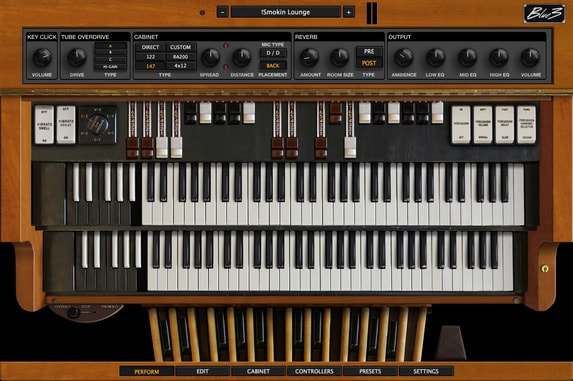




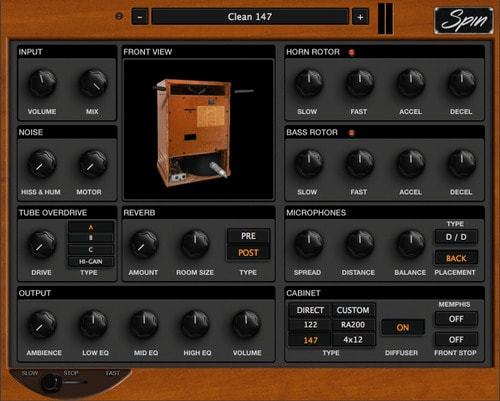

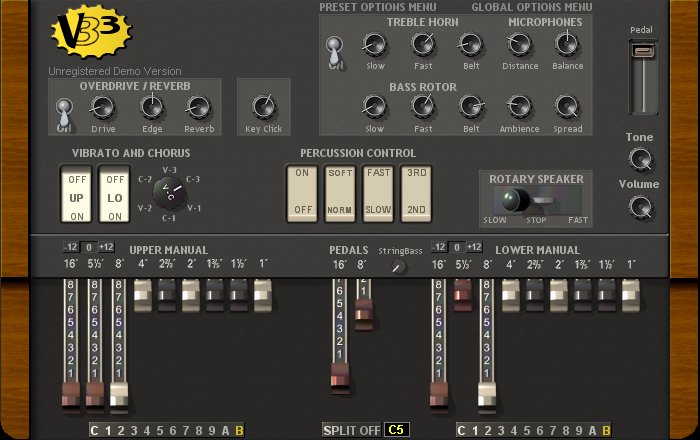
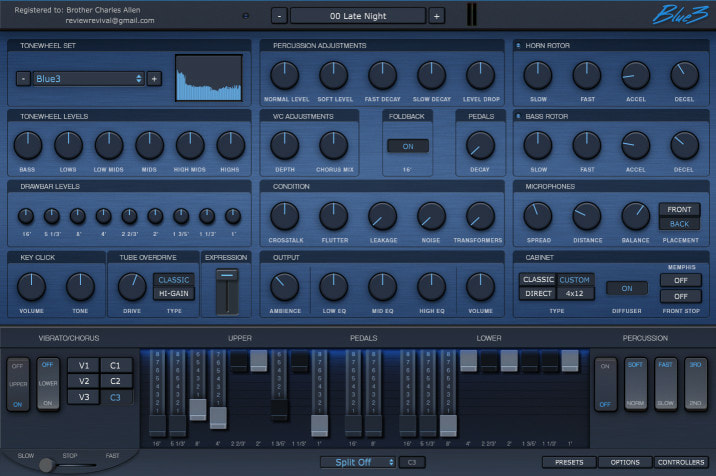
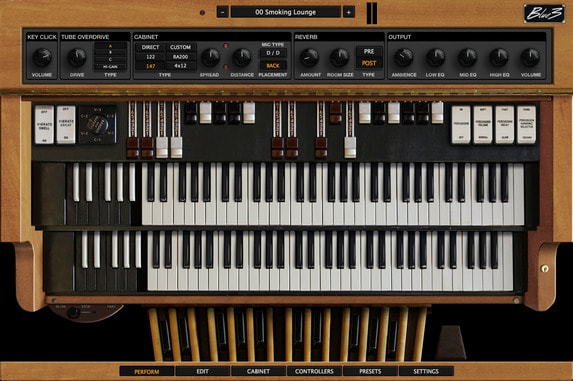
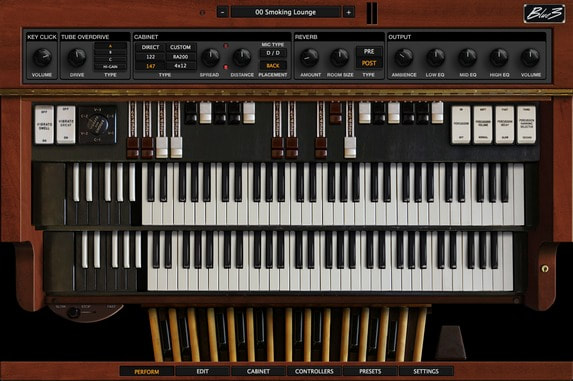
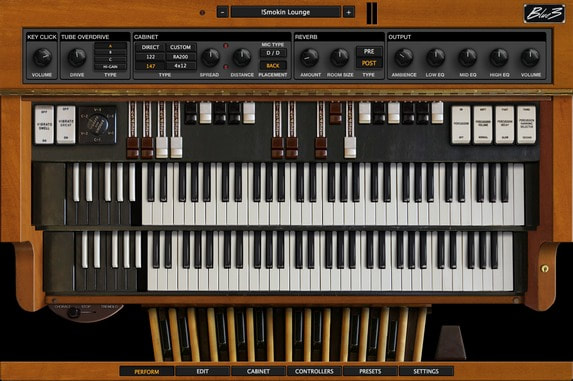
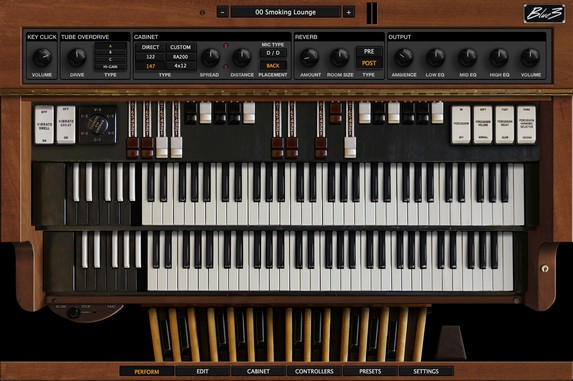

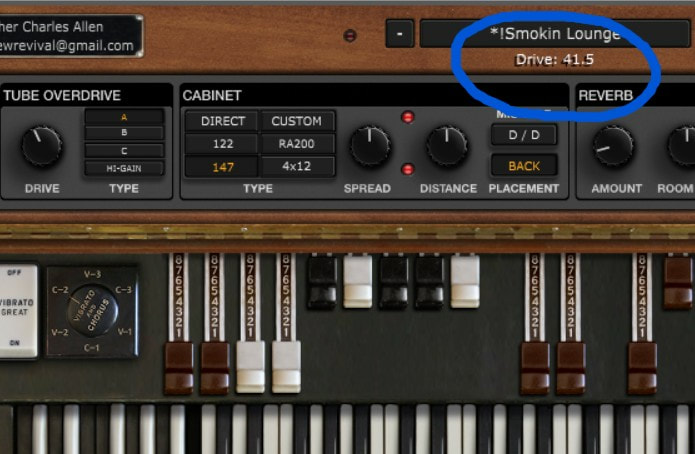

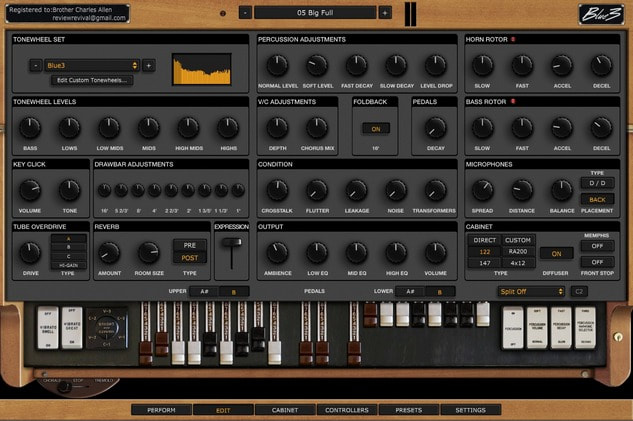
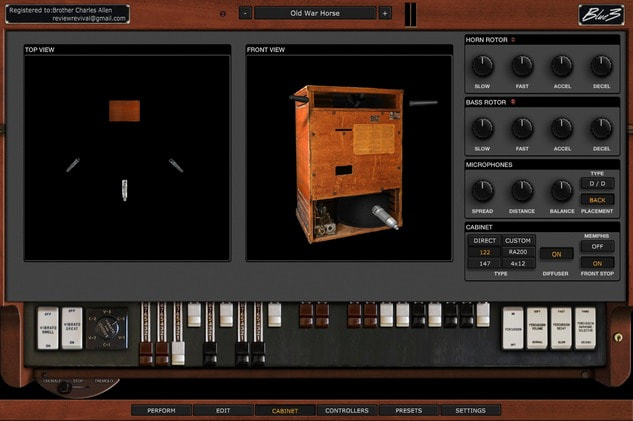
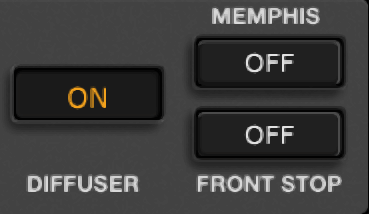
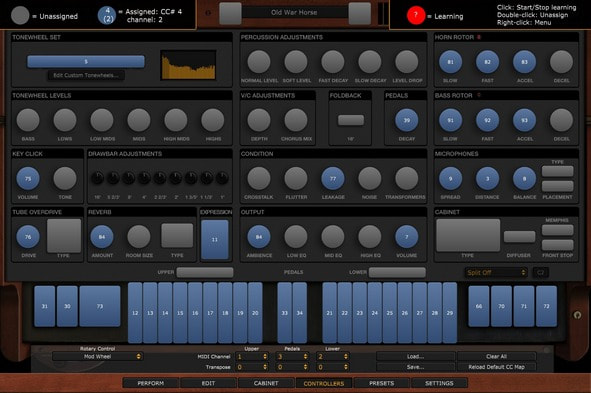
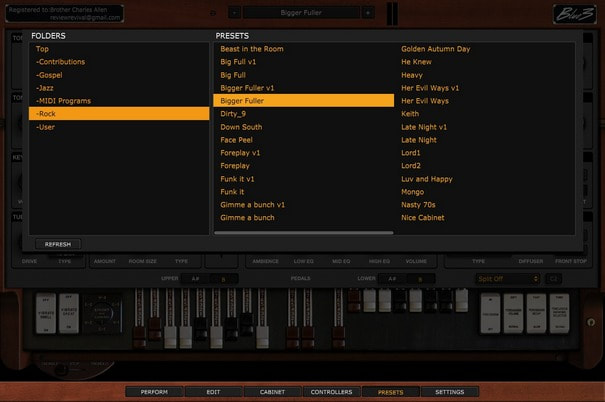
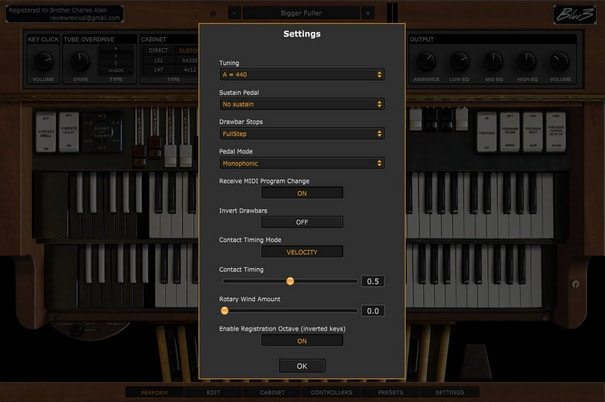



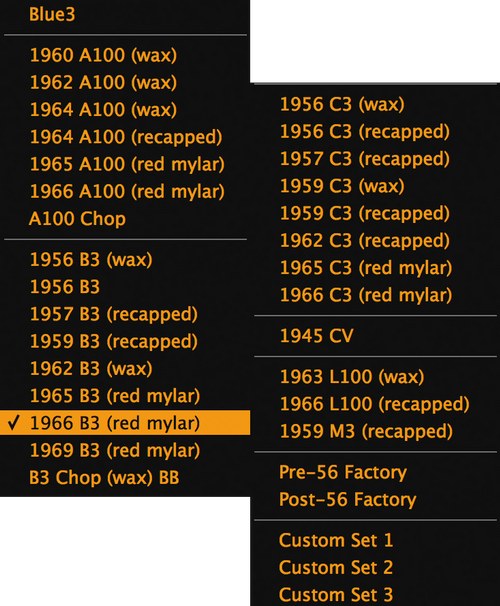

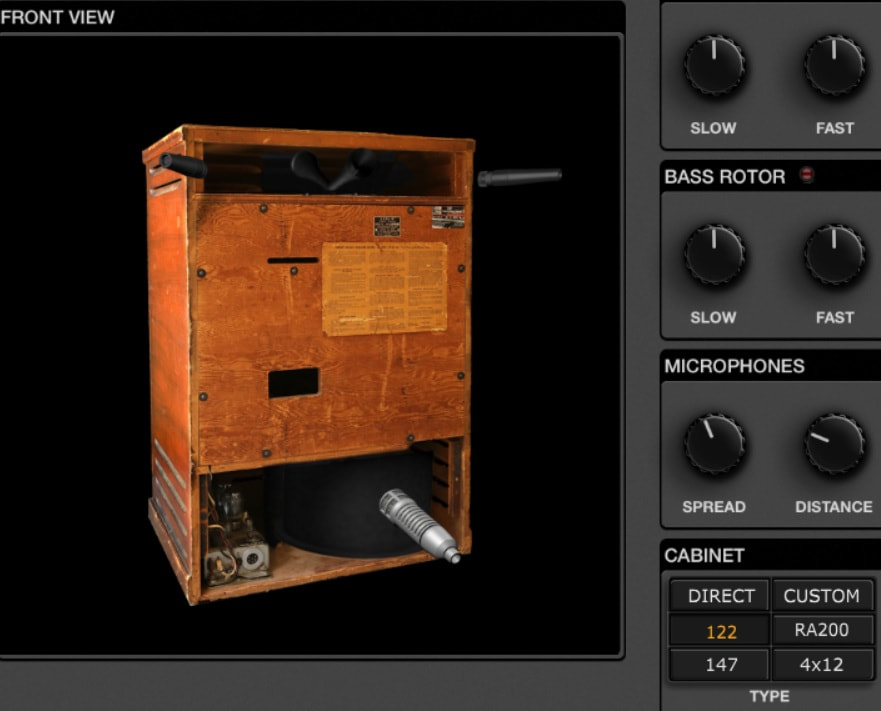
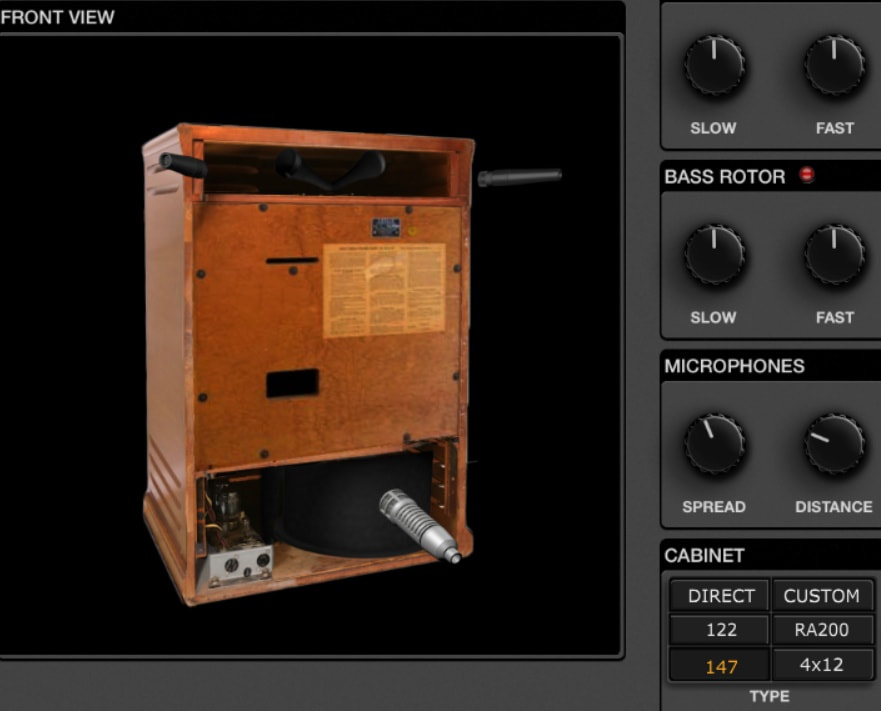
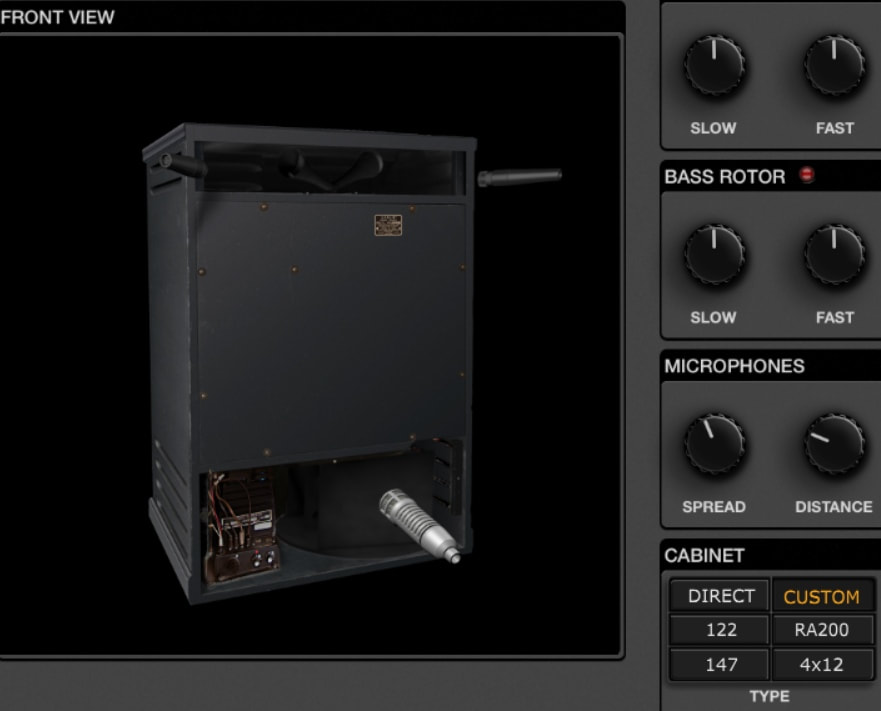
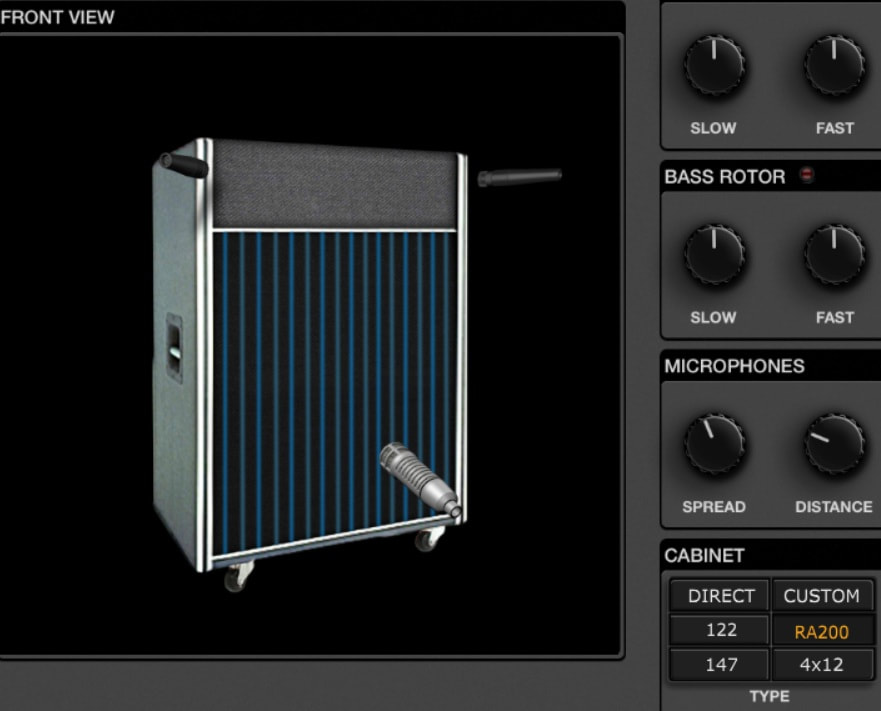
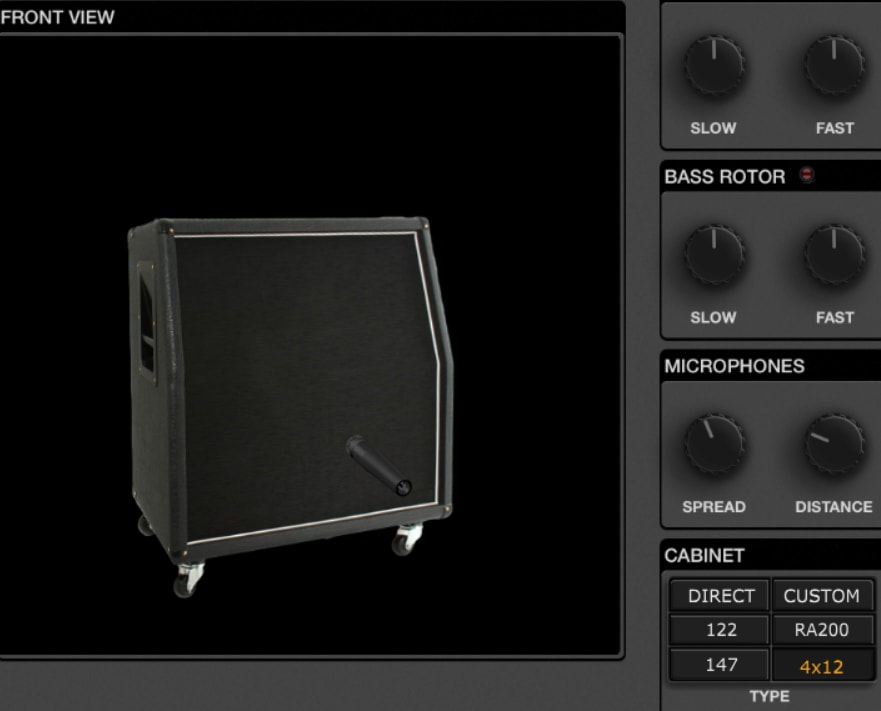

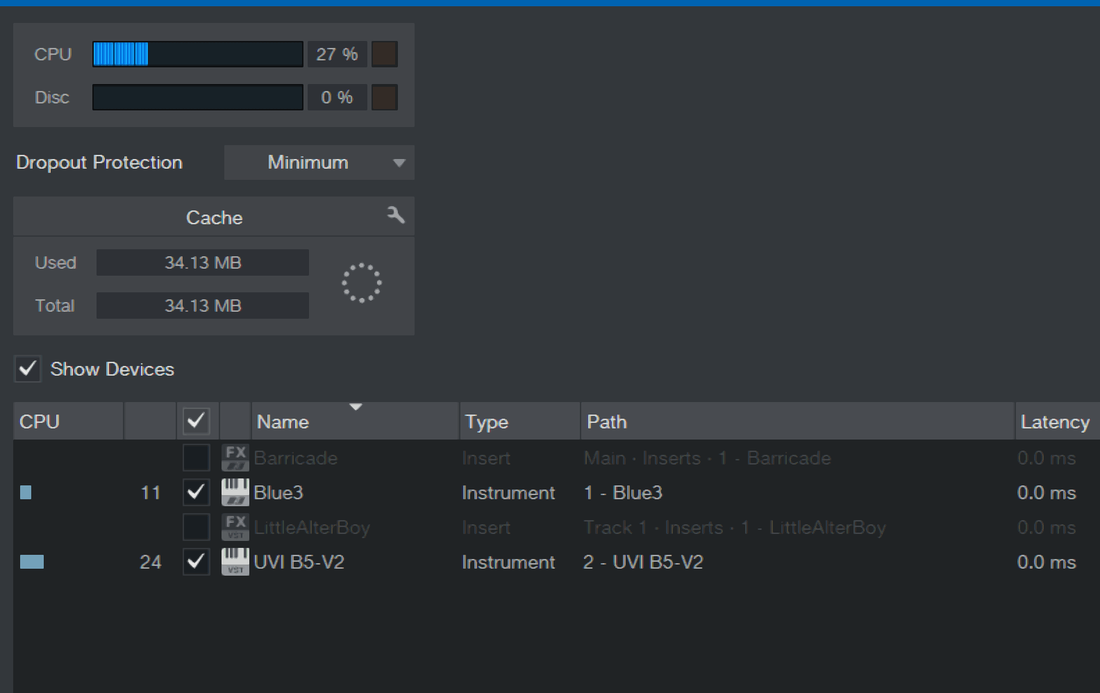




 15% OFF Summer Sale!
15% OFF Summer Sale!
 RSS Feed
RSS Feed

